Overview
Learn how to properly maintain your pocket knife with essential tips on cleaning, sharpening, lubricating, and storing to ensure its longevity and performance.
Frequently Asked Questions
1. What are the basic components of a pocket knife?
2. How should I clean my folding knife?
3. What are the best practices for sharpening a pocket knife?
4. How can I lubricate my folding knife?
5. When should I seek professional help for my pocket knife?
Owning a pocket knife means you have a reliable tool at your disposal for everyday tasks, adventures, and creative projects. Among the most popular options are folding knives, prized for their portability and versatility. However, keeping your pocket knife in pristine condition requires some dedicated care and maintenance. In this guide, we’ll delve into the essential steps for maintaining and caring for your pocket knife, ensuring it remains functional and visually appealing for many years.
Understanding Your Pocket Knife
Before we dive into maintenance techniques, it's important to understand the basic components of your pocket knife, especially when it comes to folding knives:
Blade
The blade is the heart of your pocket knife. It is typically made from high-carbon stainless steel or other materials that offer durability and sharpness.
Handle
The handle provides grip and support while using your folding knife. Handles can be made from various materials, including wood, plastic, and metal, all requiring different care approaches.
Pivot Point
This area allows the blade to fold and unfold smoothly, making it easier to use. Proper lubrication and cleaning are essential for ensuring functionality.
Routine Cleaning: Keeping It Pristine
Regular cleaning of your folding knives is crucial in maintaining their performance and longevity. Follow these steps for effective cleaning:
Steps for Cleaning
- Step 1: Disassemble the Knife - If possible, carefully disassemble your pocket knife. Removing the blade from the handle allows you to clean both components thoroughly.
- Step 2: Clean the Blade - Use warm, soapy water and a soft cloth or sponge to scrub the blade. Avoid using harsh chemicals that may damage the blade's finish.
- Step 3: Clean the Handle - Depending on the handle material, clean with an appropriate method. Wooden handles may require a wood-safe cleaner, while plastic handles can typically be washed with soap and water.
- Step 4: Dry Thoroughly - Use a soft towel to dry both the blade and handle completely. Water can cause rust, particularly on high-carbon steel blades.
Sharpening Your Folding Knife
A sharp blade is crucial for effective performance. Knowing how to properly sharpen your knife is a part of care that cannot be overlooked. Here's how to sharpen your pocket knife effectively:
Choosing the Right Sharpener
While there are various sharpeners available, you should choose one that suits the type of blade on your folding knife. Options include:
- Whetstones: Great for maintaining the angle and edge, ideal for those who prefer a hands-on approach.
- Pull-through sharpeners: Quick and easy to use, best for everyday maintenance.
- Diamond hones: Effective for quick sharpening and maintaining a sharp edge.
Sharpening Technique
Follow these steps for a successful sharpening experience:
- Step 1: Ensure the knife is clean and dry.
- Step 2: Hold the blade at the recommended angle, about 15-20 degrees.
- Step 3: Move the blade back and forth across the sharpener, maintaining consistent pressure.
- Step 4: Test the sharpness by carefully slicing through paper or other soft materials.
Lubrication: Ensuring Smooth Operation
For folding knives, lubrication is key to ensuring both the blade and pivot point operate smoothly. Here’s how to go about it:
Choosing the Right Lubricant
When selecting a lubricant, consider options that are designed specifically for knives. Oil-based lubricants are often the best choice, providing lasting performance without leaving sticky residues.
How to Lubricate
- Step 1: Open your folding knife to access the pivot point and blade.
- Step 2: Apply a few drops of lubricant to the pivot between the blade and handle.
- Step 3: Move the blade open and close several times to distribute the lubricant evenly.
- Step 4: Wipe off any excess oil to avoid attracting dirt and debris.
Storage Solutions: Protecting Your Pocket Knife
How and where you store your folding knives can greatly impact their longevity. Here are some best practices for storage:
Choosing the Right Storage Location
- Keep it Dry: Moisture can cause rust and corrosion, so store your knife in a dry location.
- Avoid Direct Sunlight: Protect the handle material from fading or cracking by avoiding direct exposure to sunlight.
- Use a Sheath: A sheath can prevent accidental cuts and protect the blade from dust build-up.
- Consider a Knife Case: A dedicated case can help keep your pocket knife organized and secure.
Handling Your Pocket Knife Safely
Proper handling enhances safety and prolongs the life of your folding knife. Keep these tips in mind:
Best Practices for Handling
- Always Cut Away: When using your knife, always cut away from your body to minimize the risk of injury.
- Use Appropriate Pressure: Don’t force the blade through tough materials; it may damage the edge.
- Keep It Closed When Not in Use: Always ensure the knife is closed when stored or carried to prevent accidental openings.
When to Seek Professional Help
While regular maintenance can generally be handled at home, sometimes your foldable knife may require professional attention. Here’s when to consider expert help:
- Significant Damage: If the blade has sustained serious damage or the pivot no longer functions, consult a professional knife maker.
- Corrosion Issues: If rust develops and cleaning doesn’t help, professional services may be necessary.
- Complex Repairs: Broken clips or other intricate problems may require expert skills.
Final Thoughts: Your Folding Knife Awaits Care!
Taking the time to maintain and care for your pocket knife can drastically lengthen its life and enhance your user experience. By understanding the key components of your folding knives and implementing proper cleaning, sharpening, lubrication, and storage methods, you can ensure that your knife remains a trusted companion on all your adventures. Remember, a well-maintained pocket knife is not just an effective tool but a reflection of your commitment to quality craftsmanship. So buckle up, get started on your maintenance routine, and enjoy the benefits of a sharp, clean, and properly functioning folding knife!


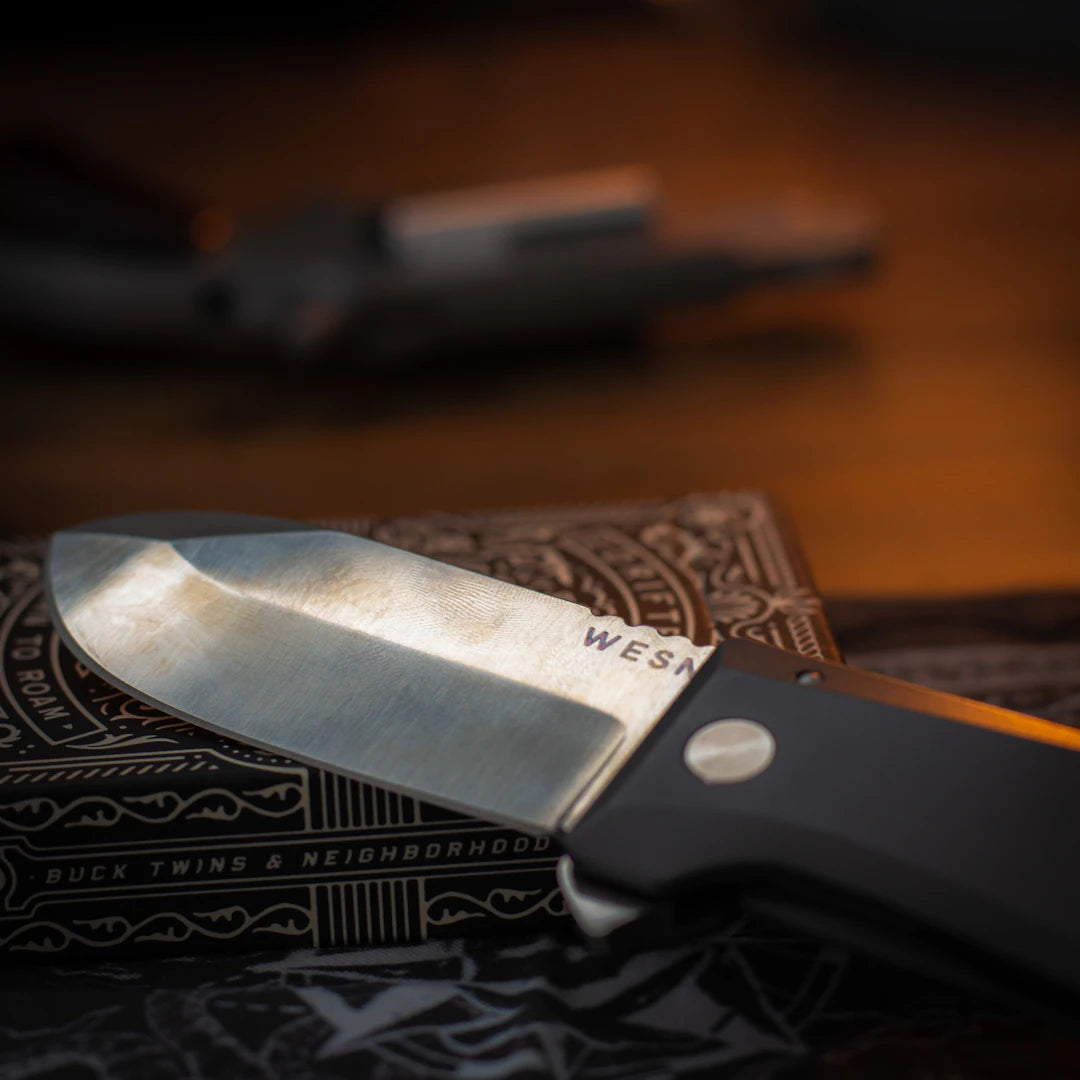
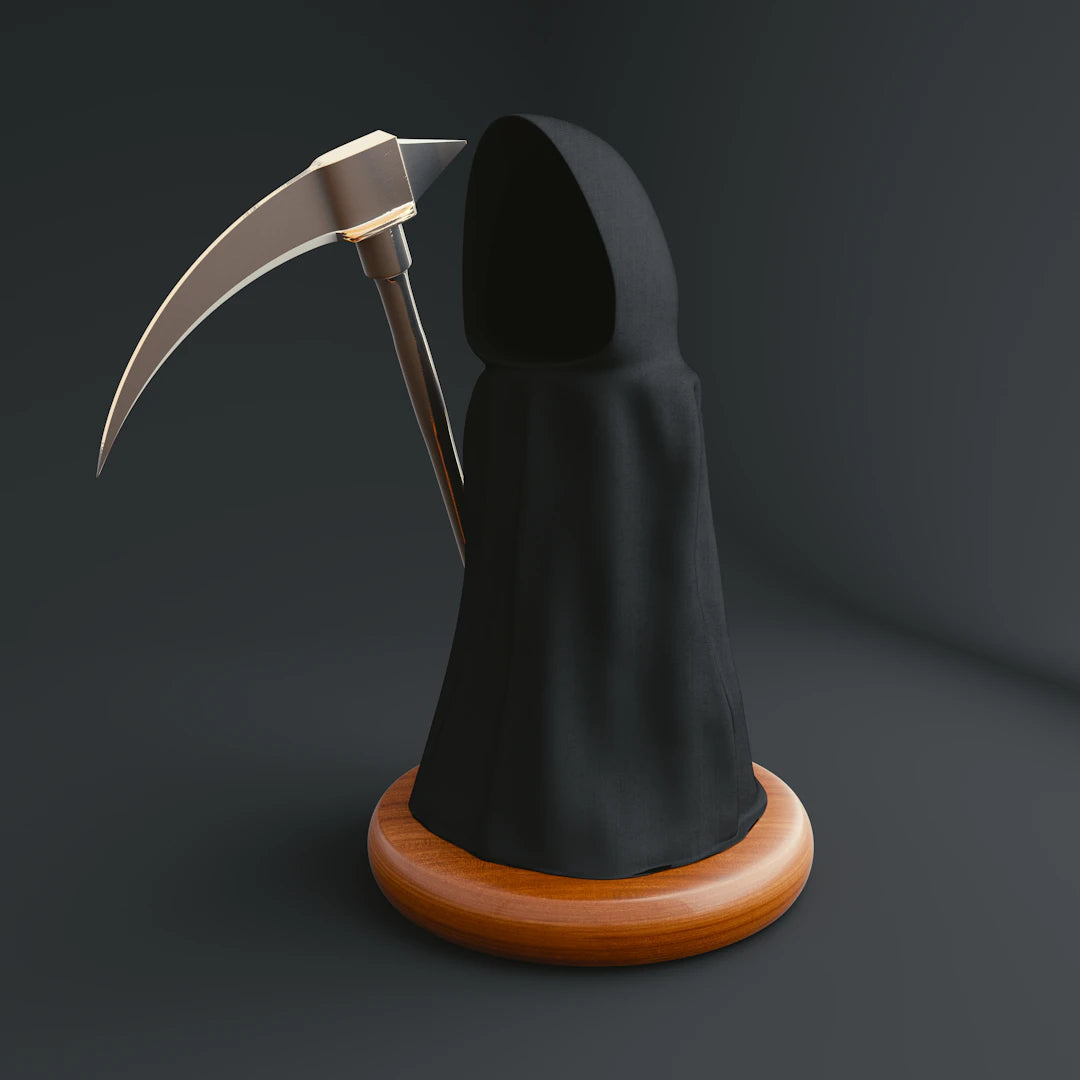
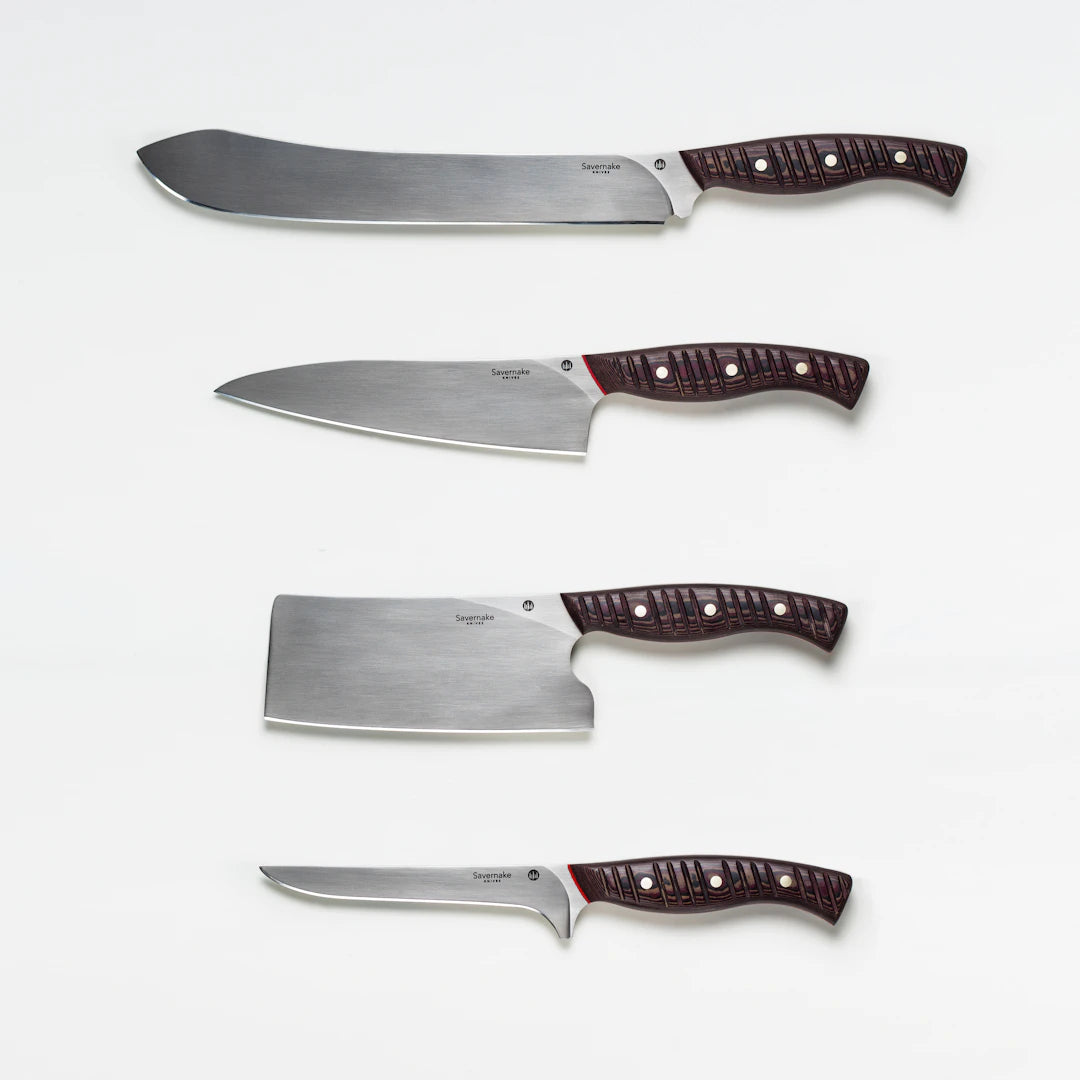
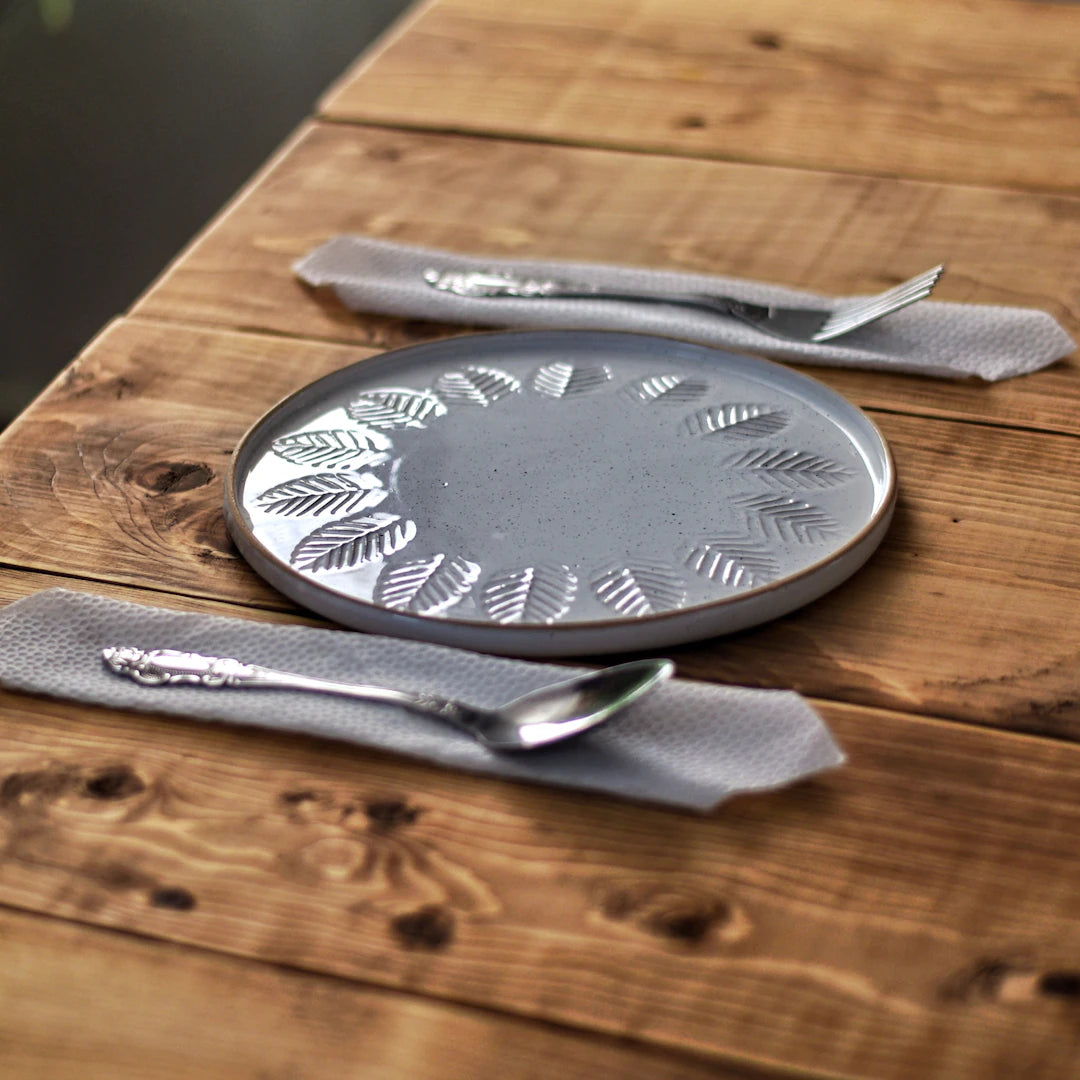

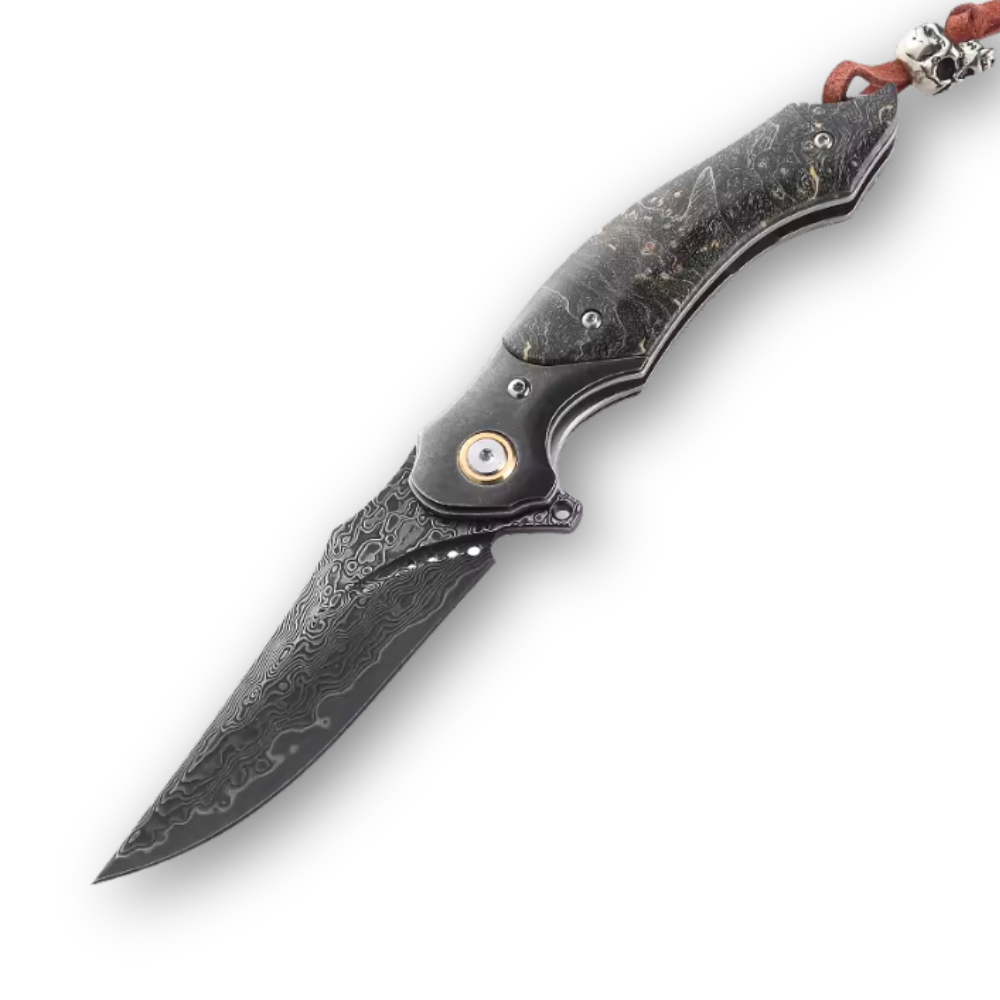
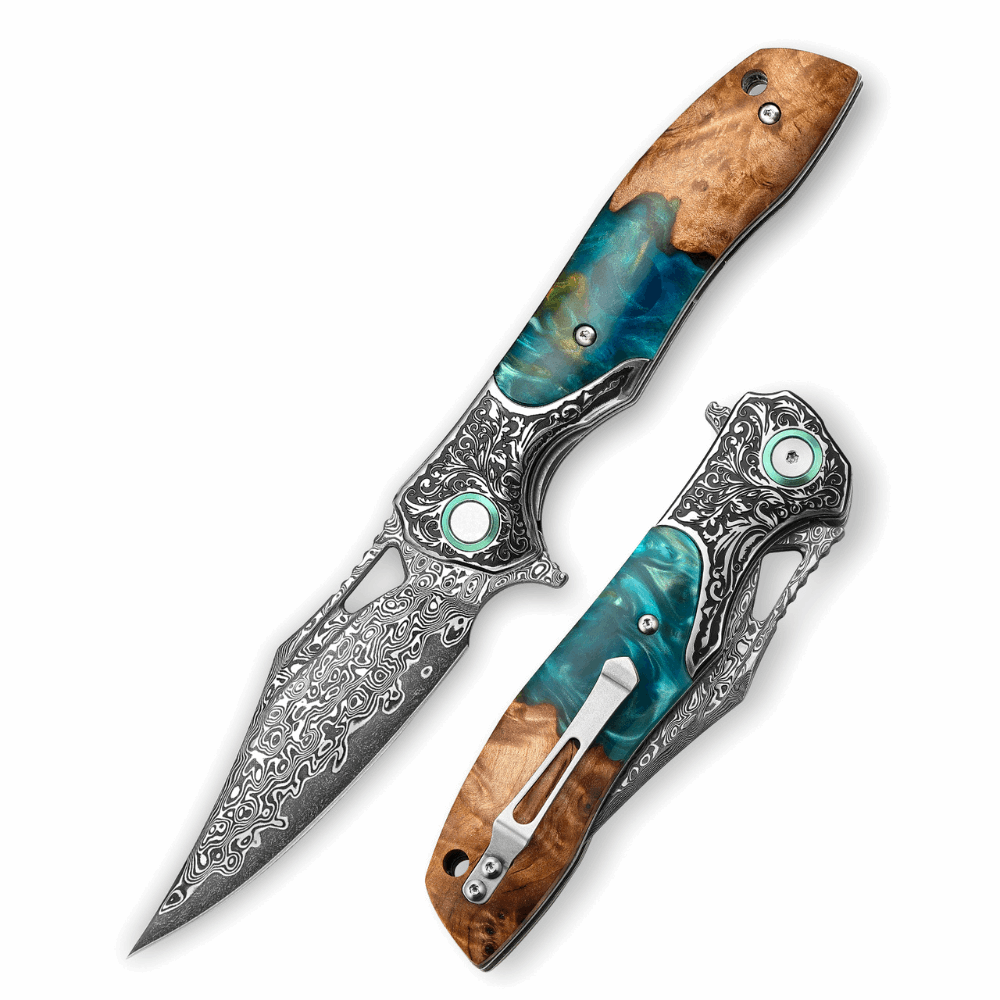
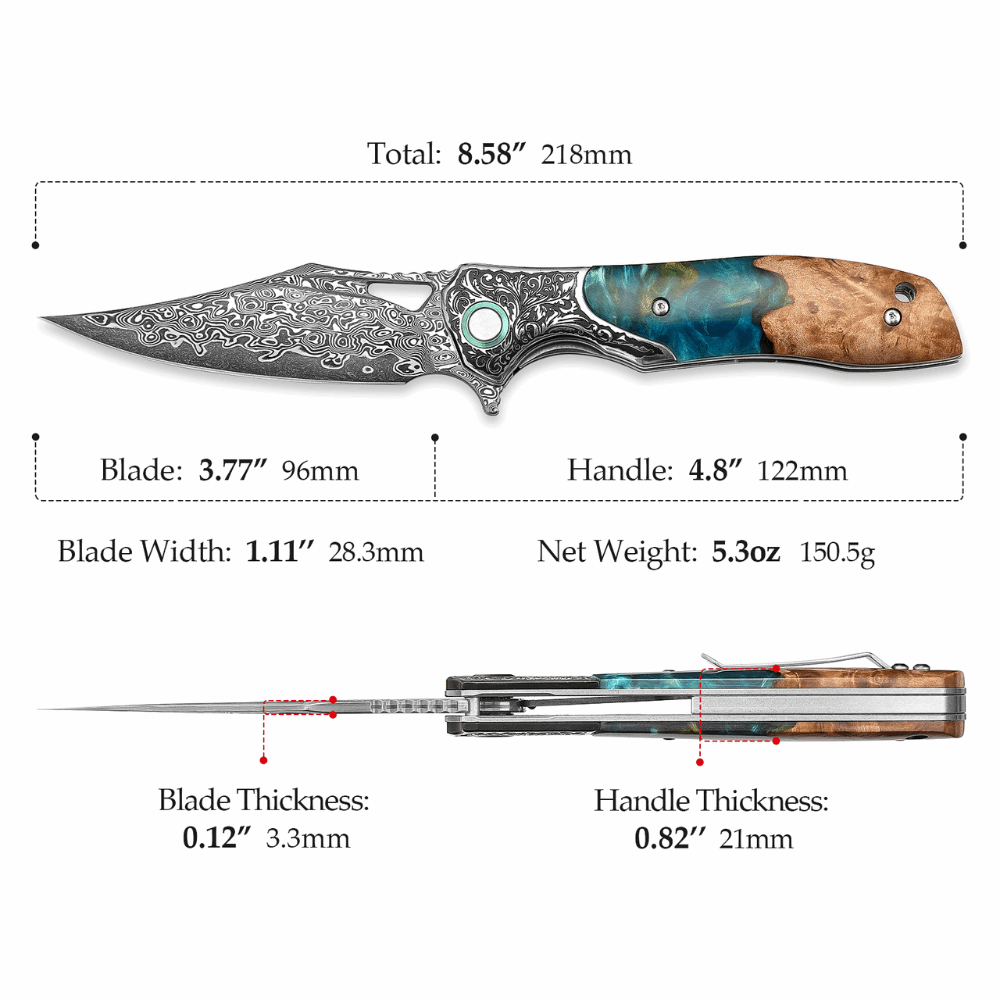
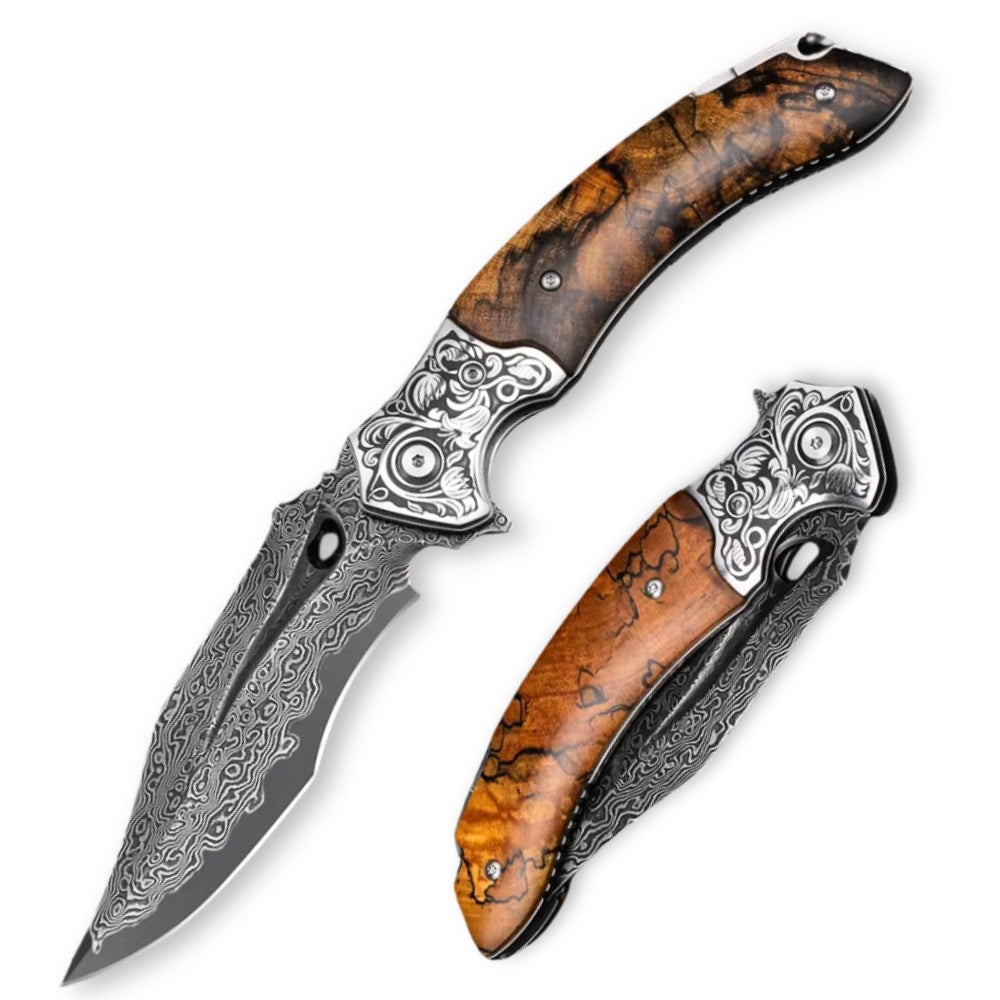
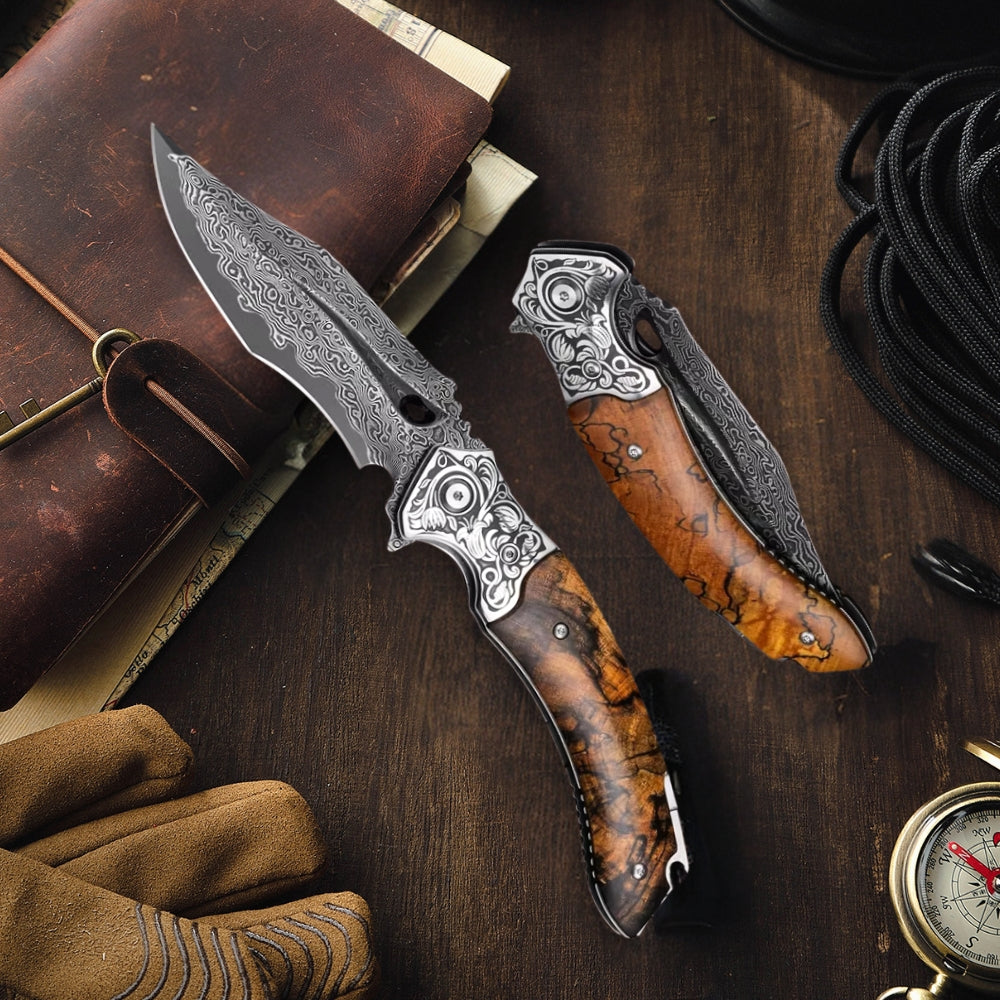
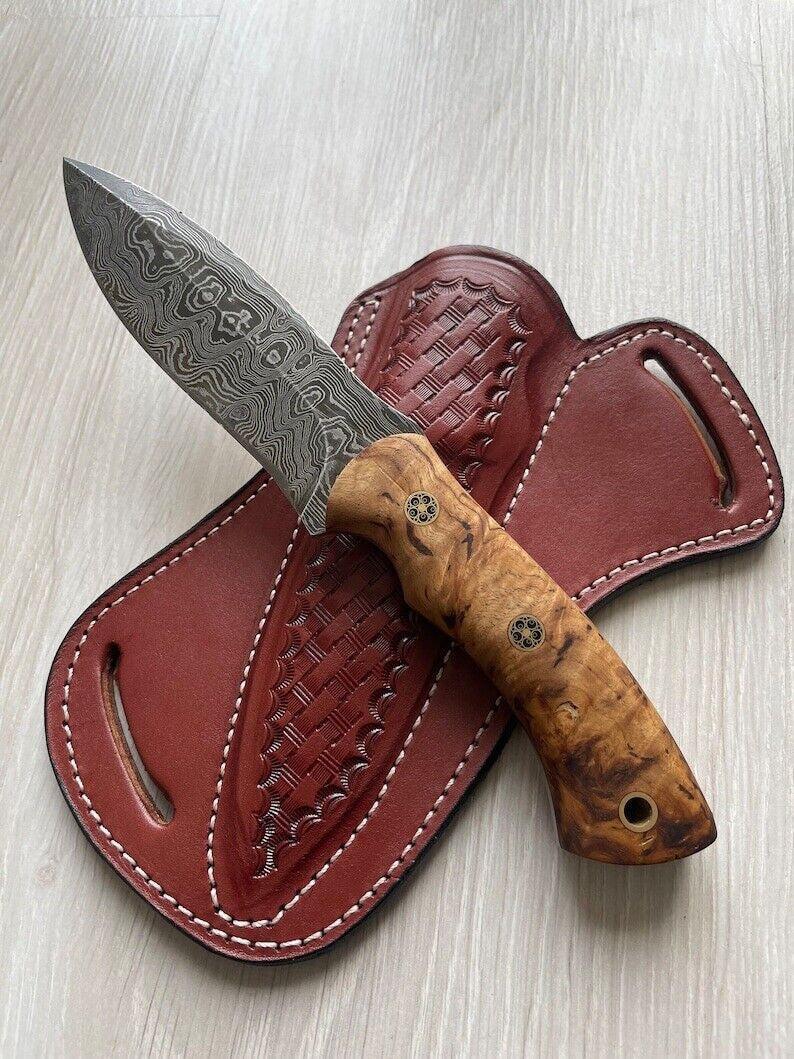
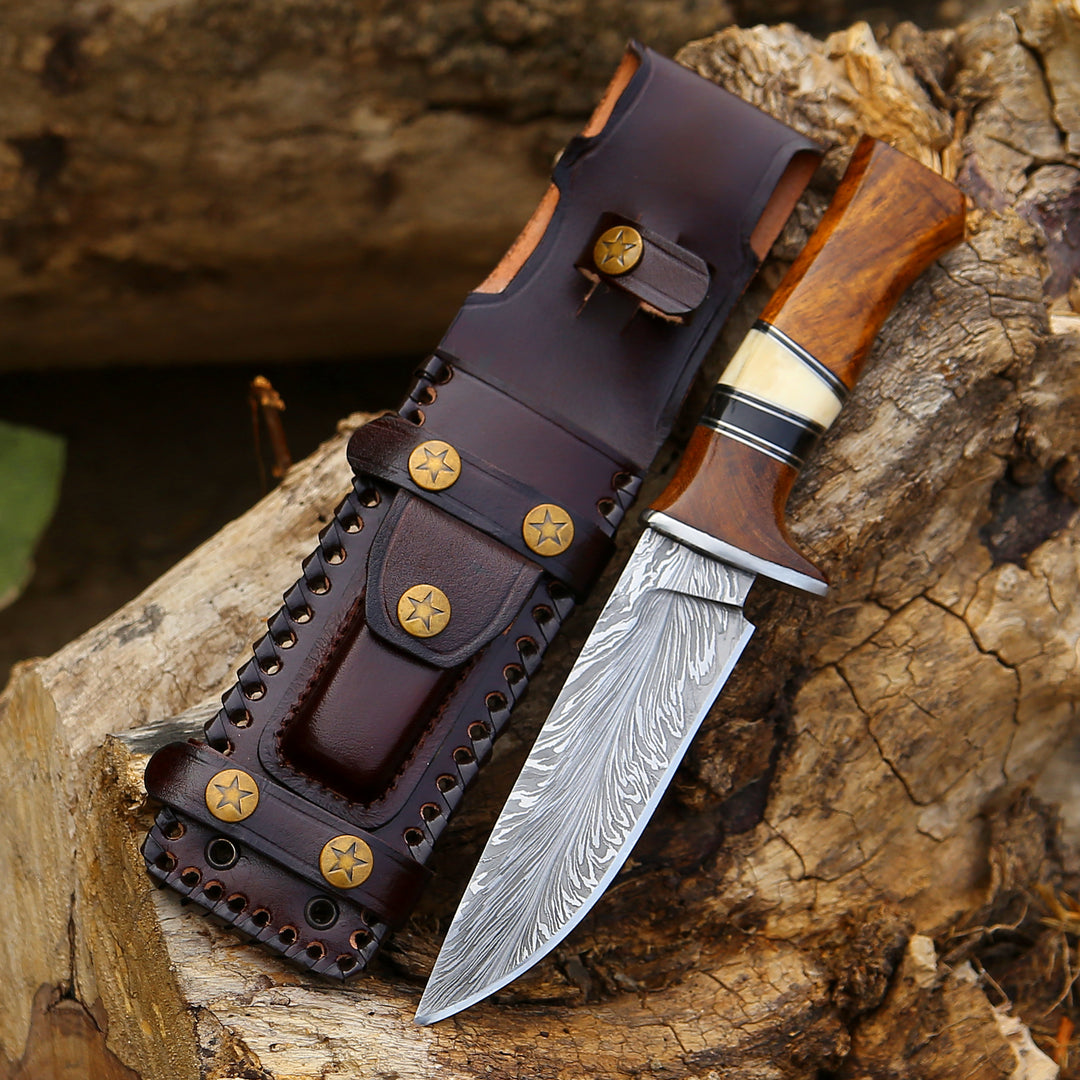
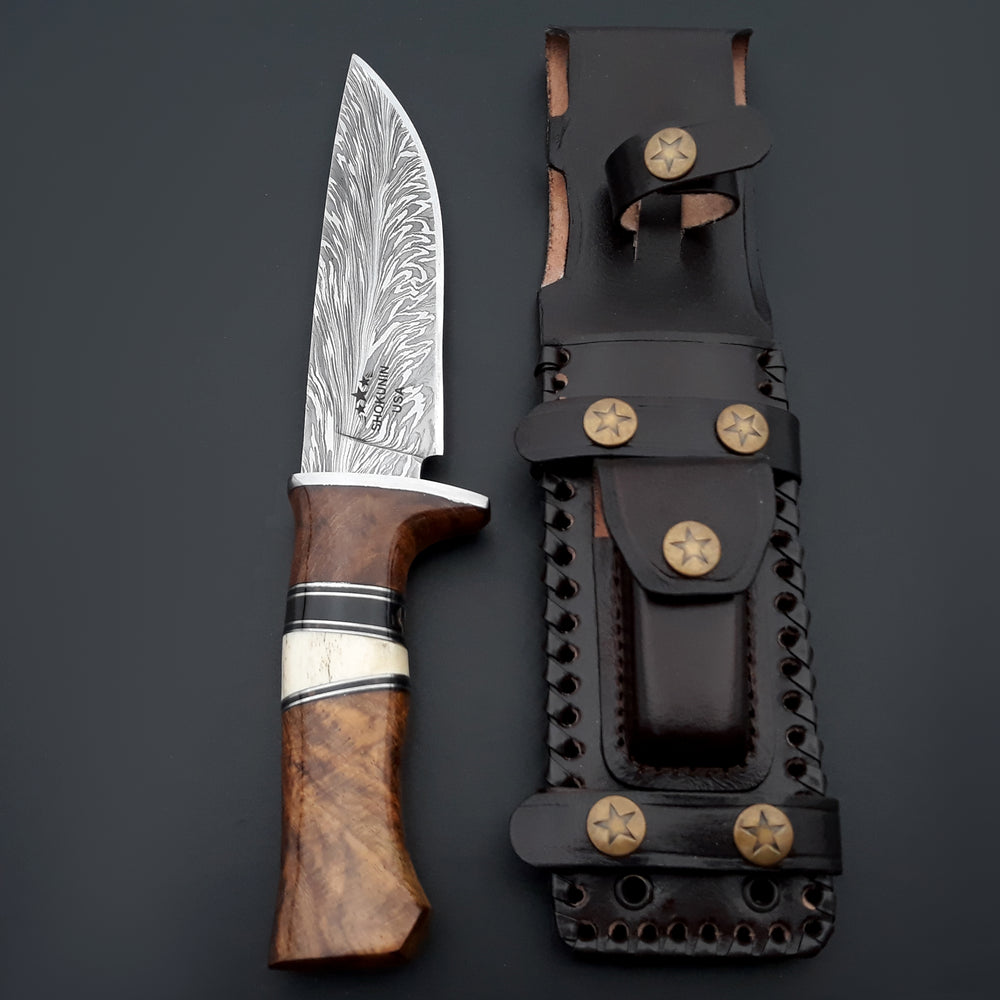
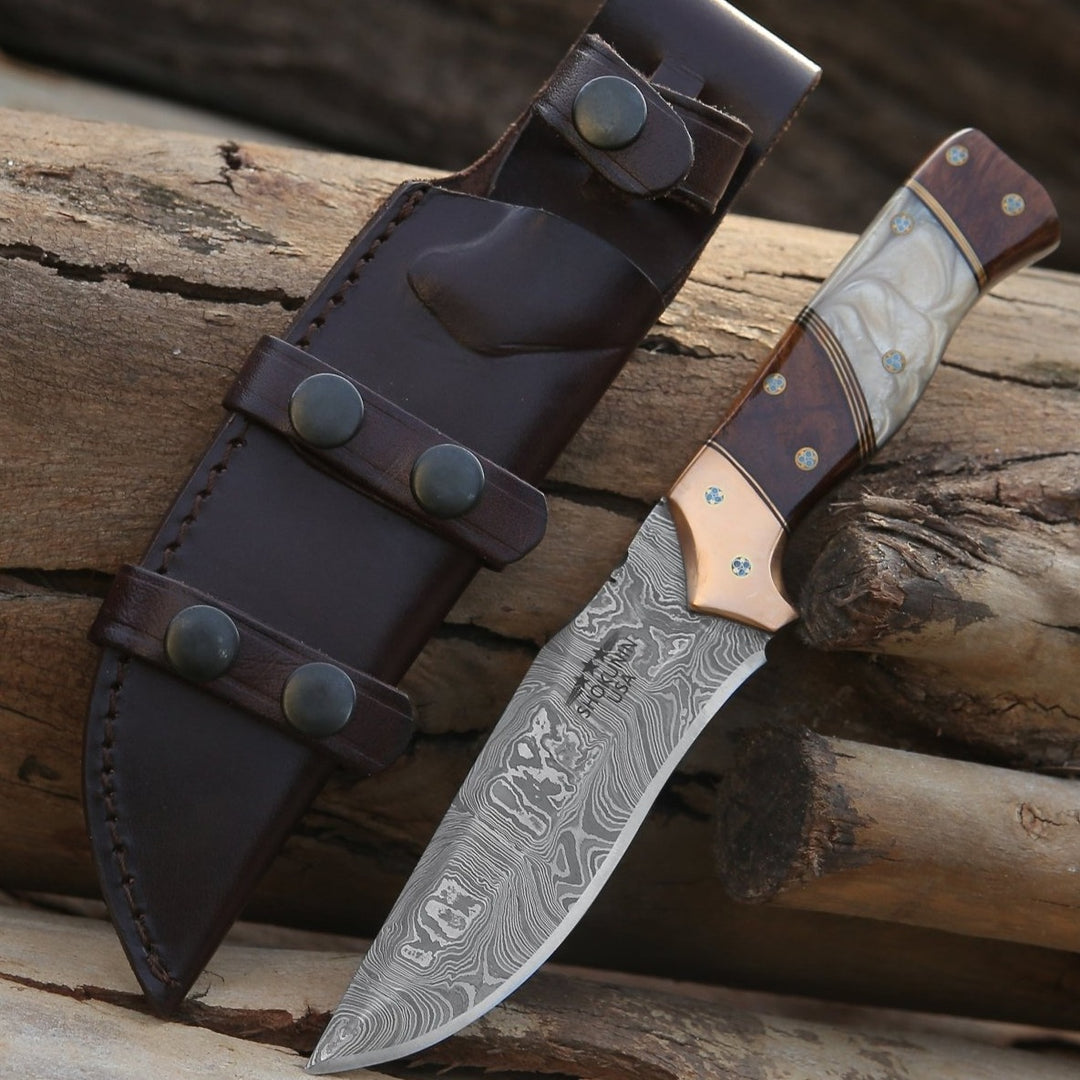
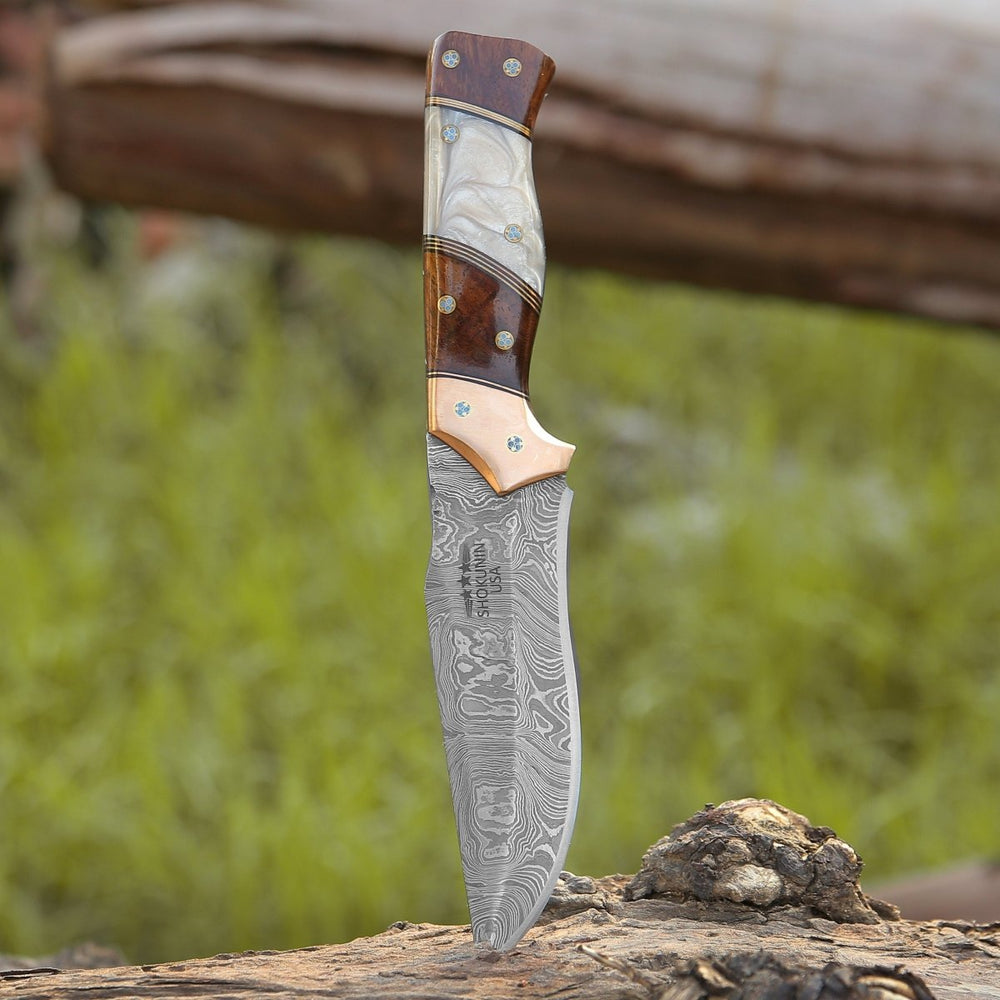
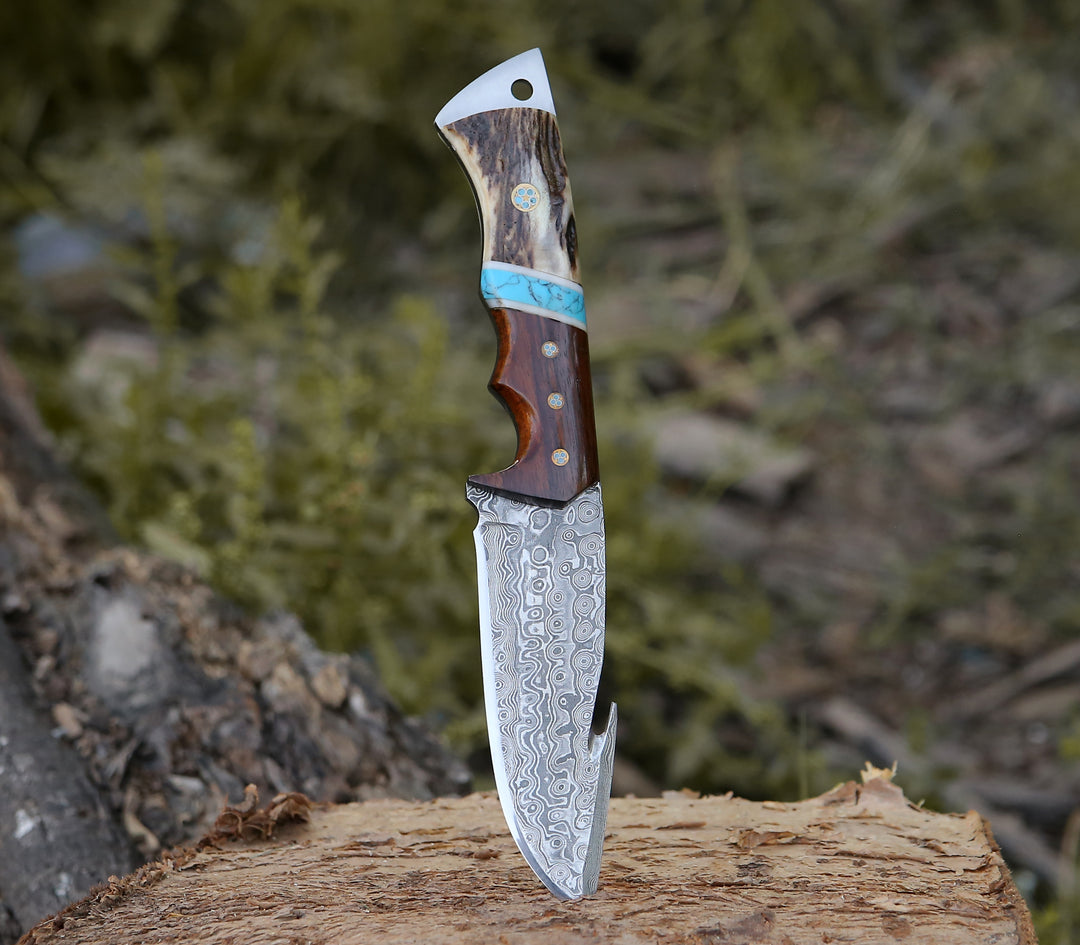
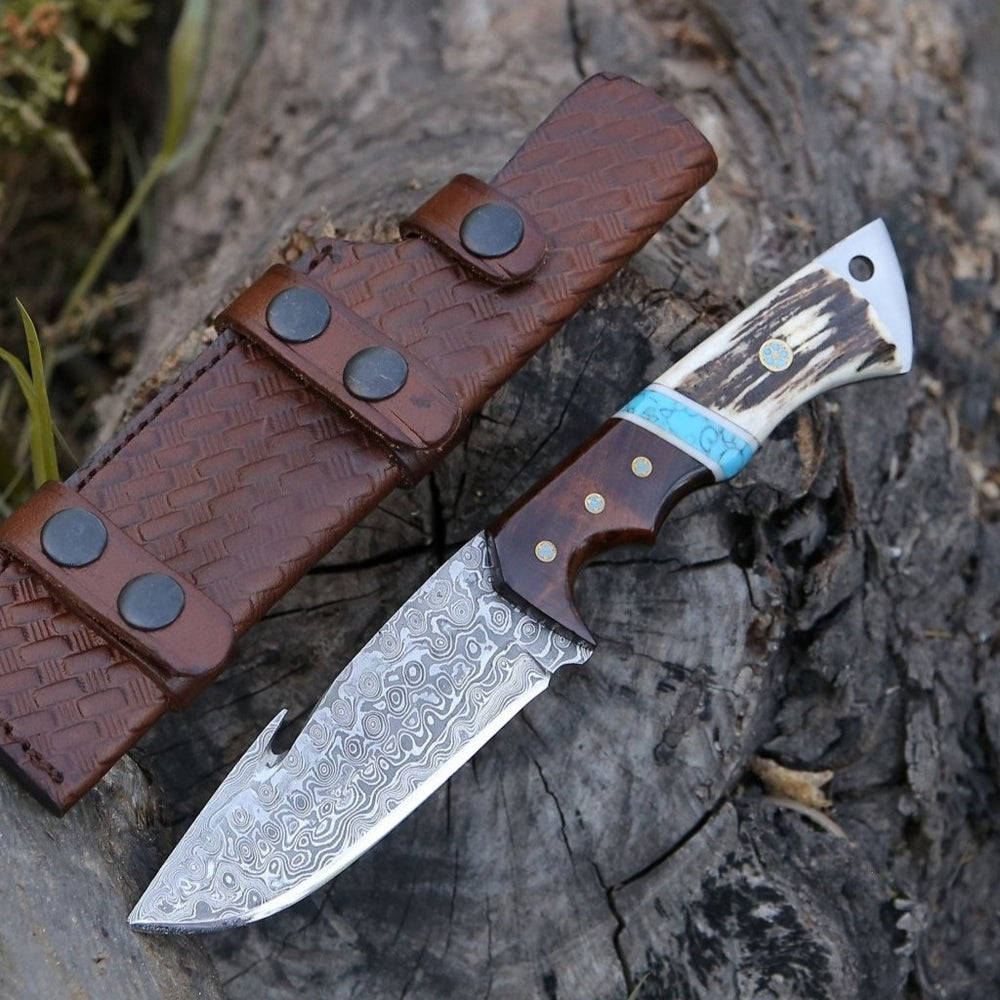
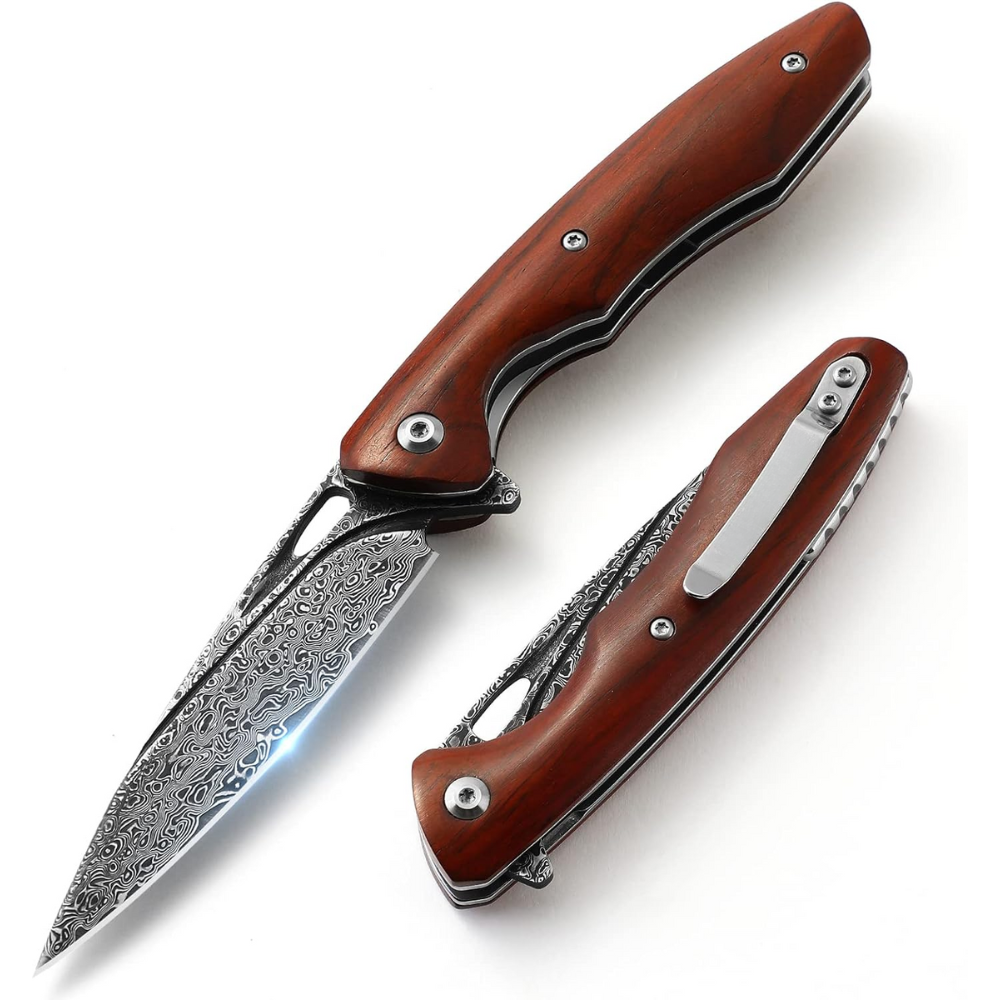

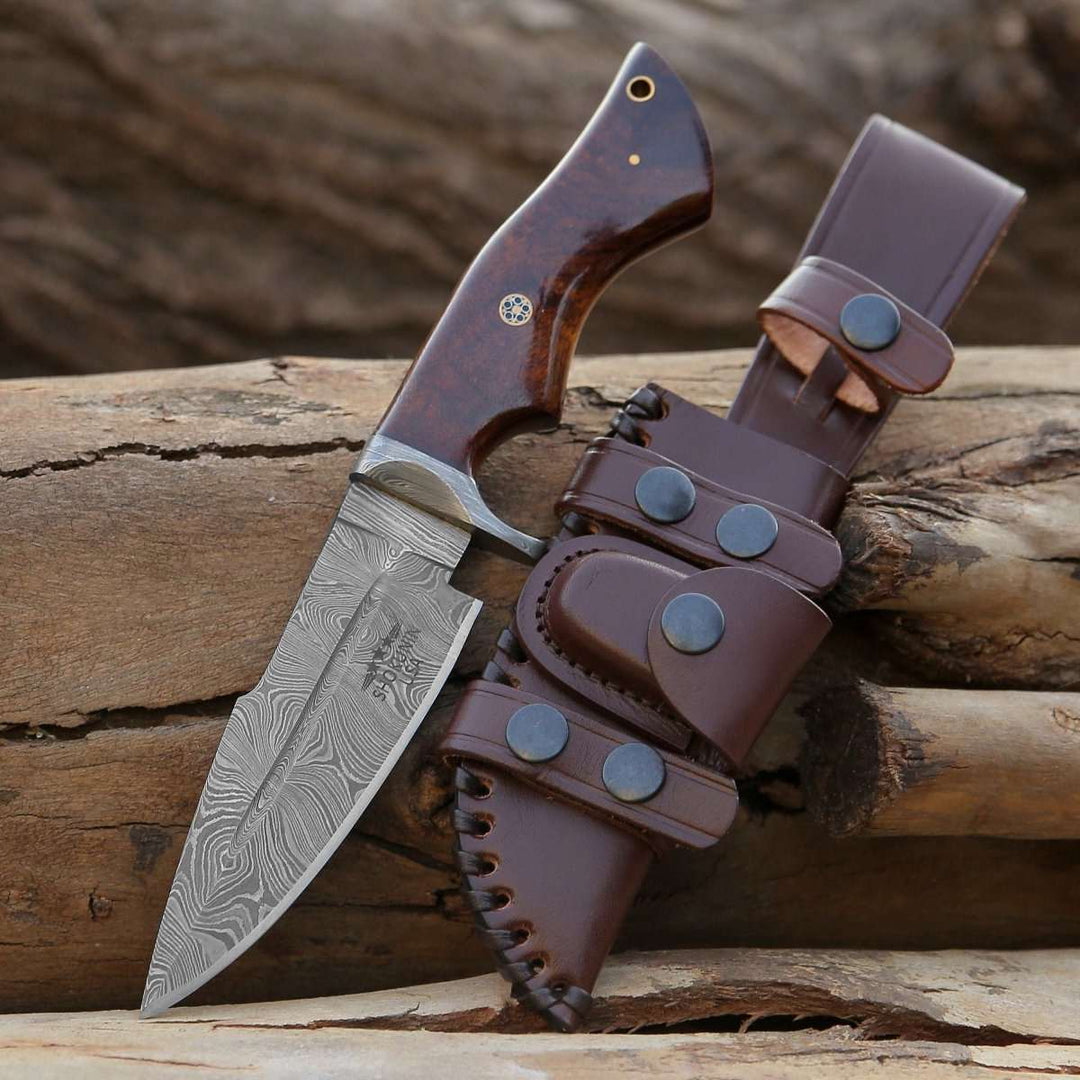
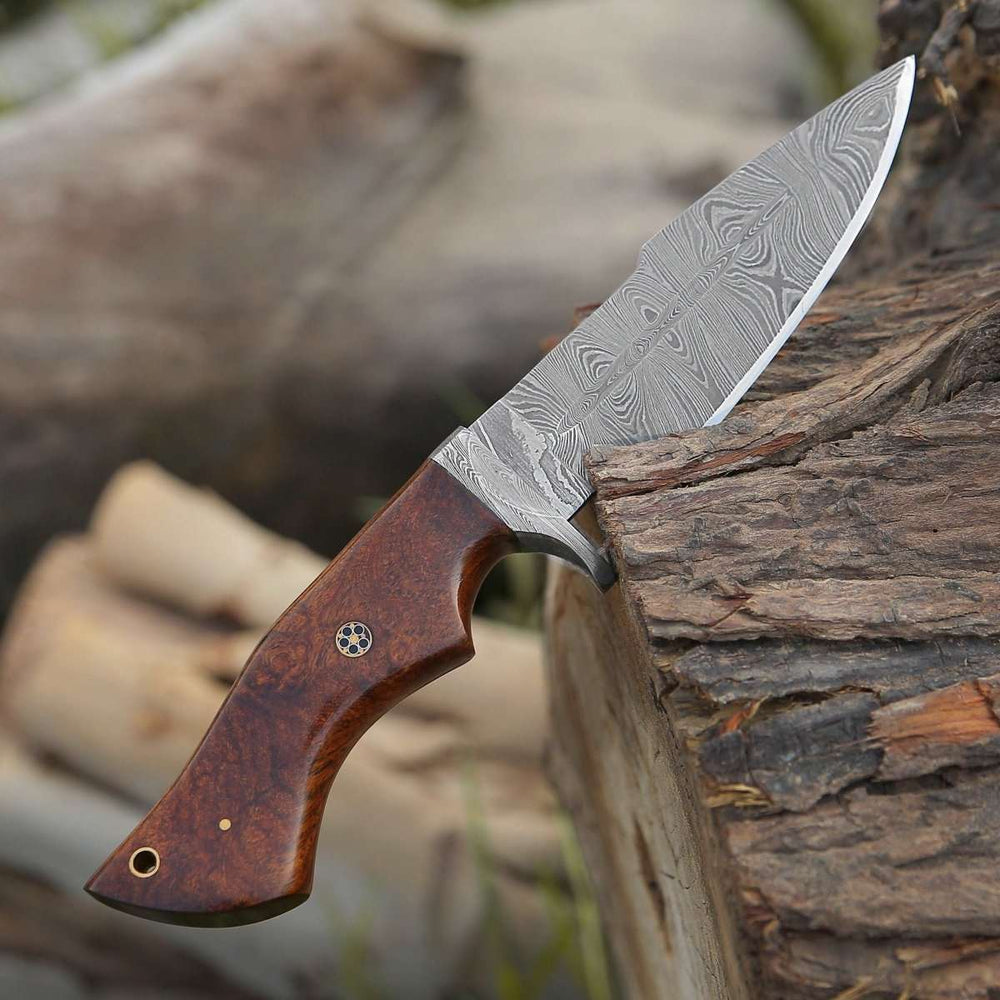
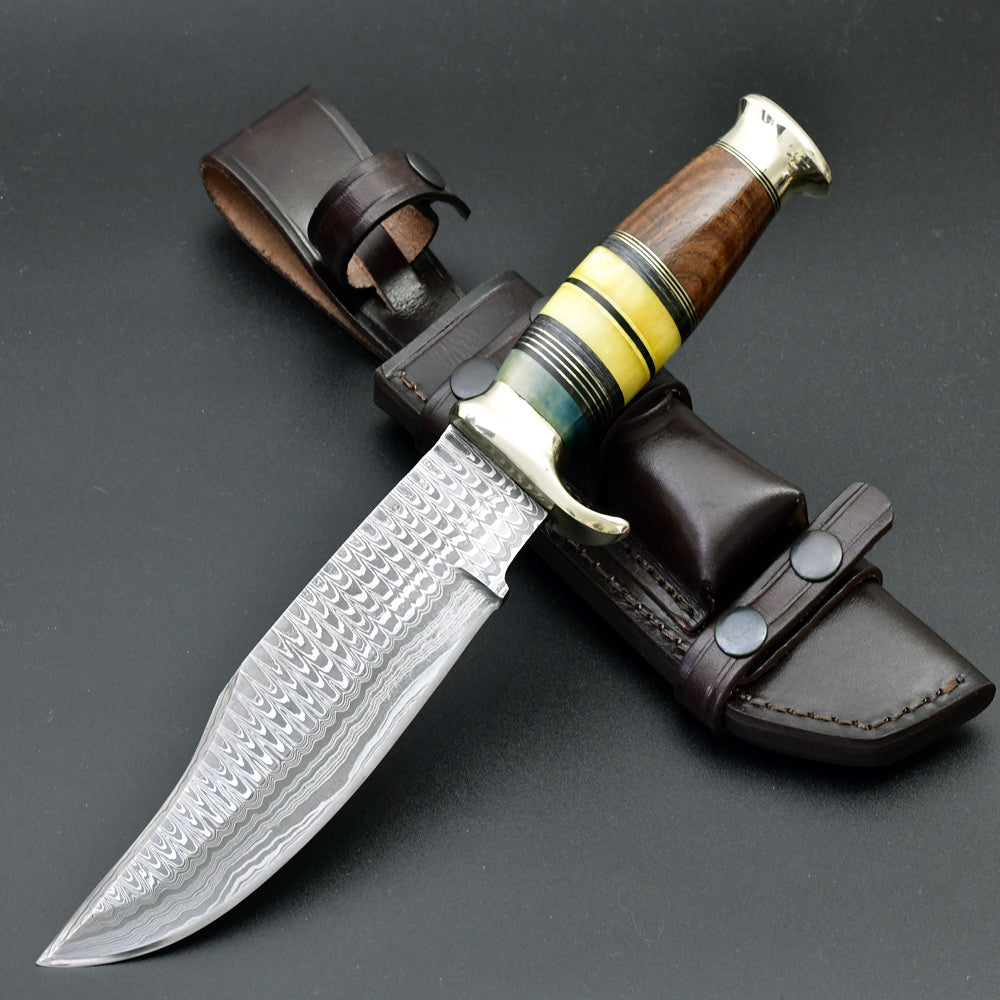
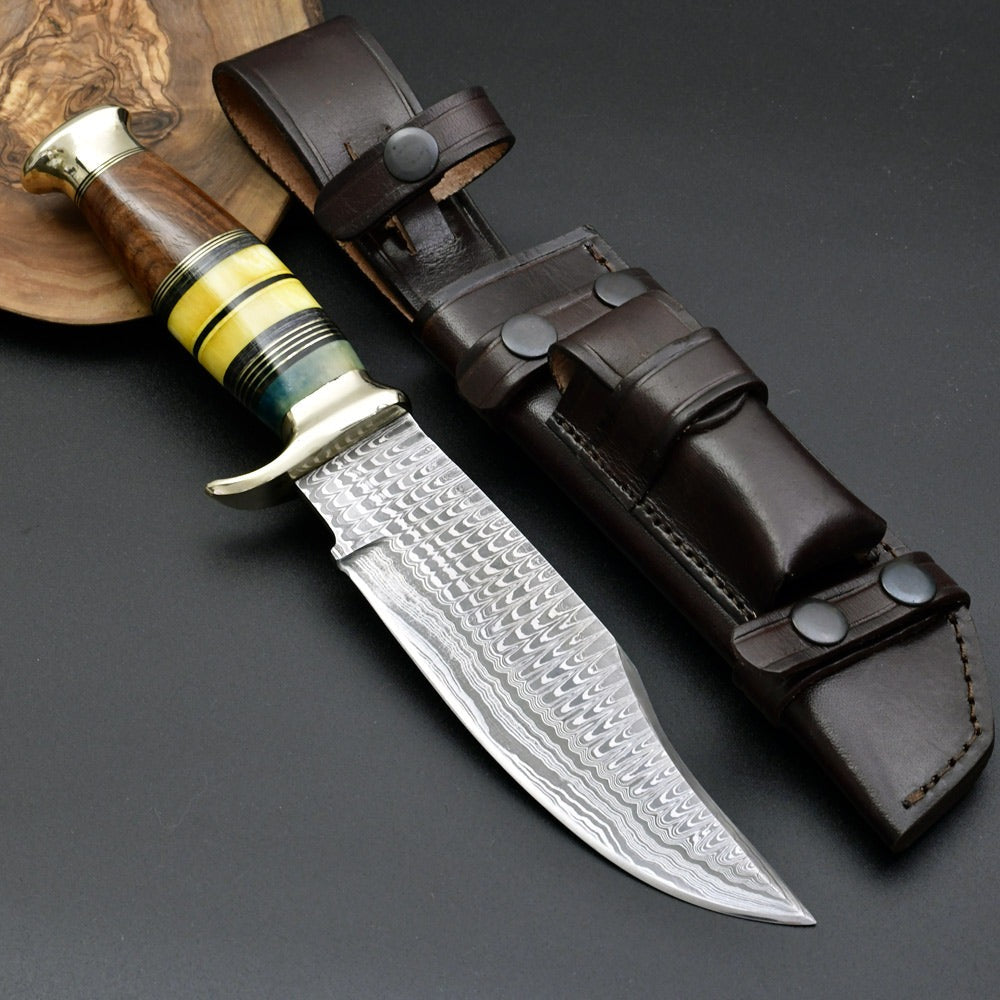
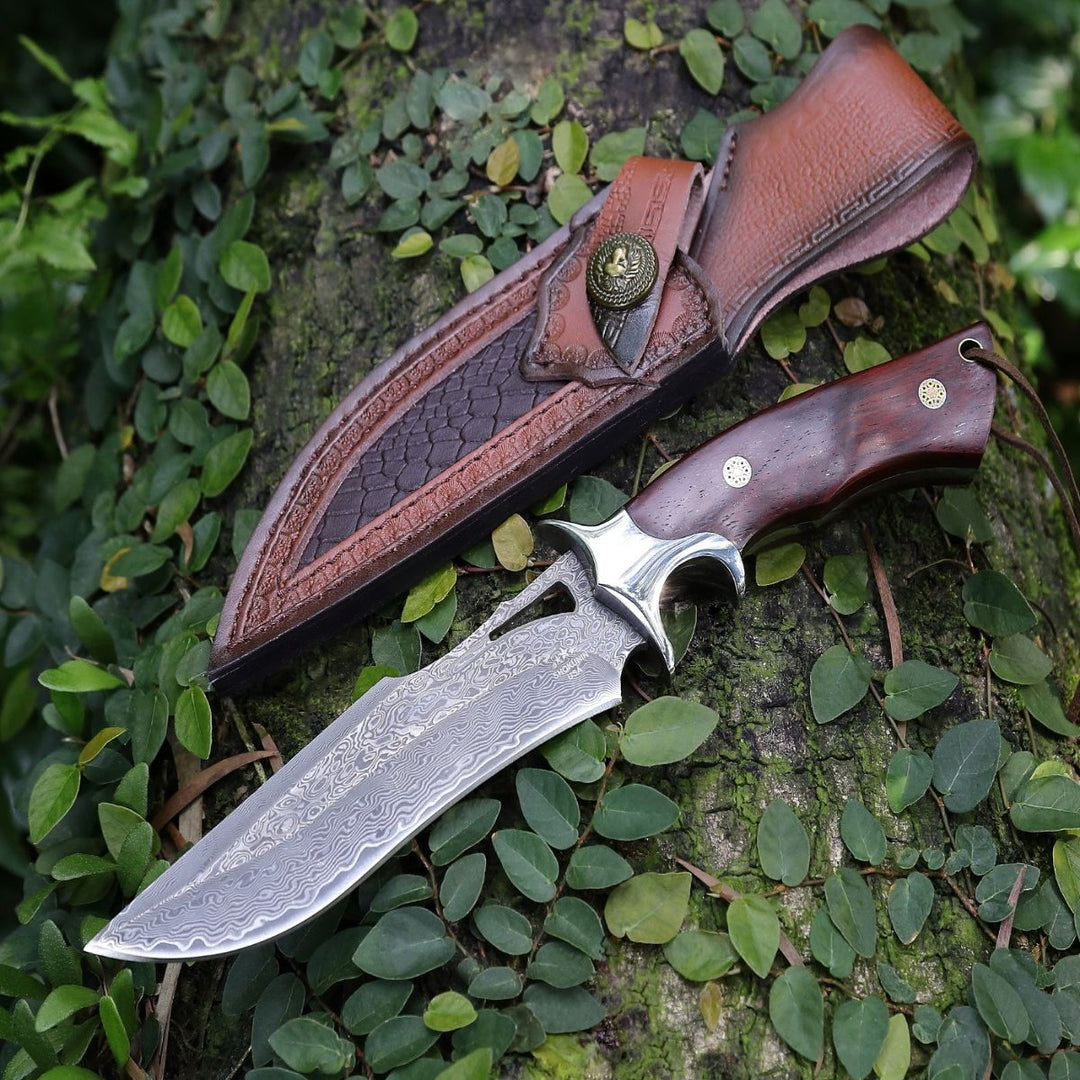
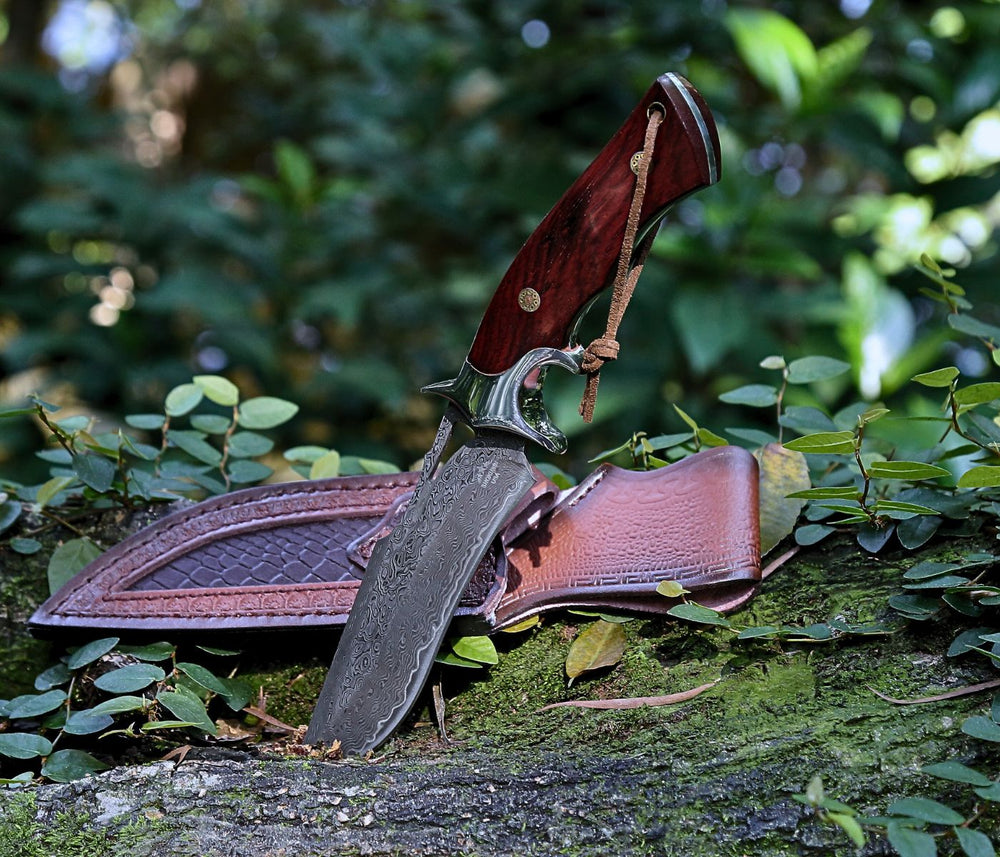
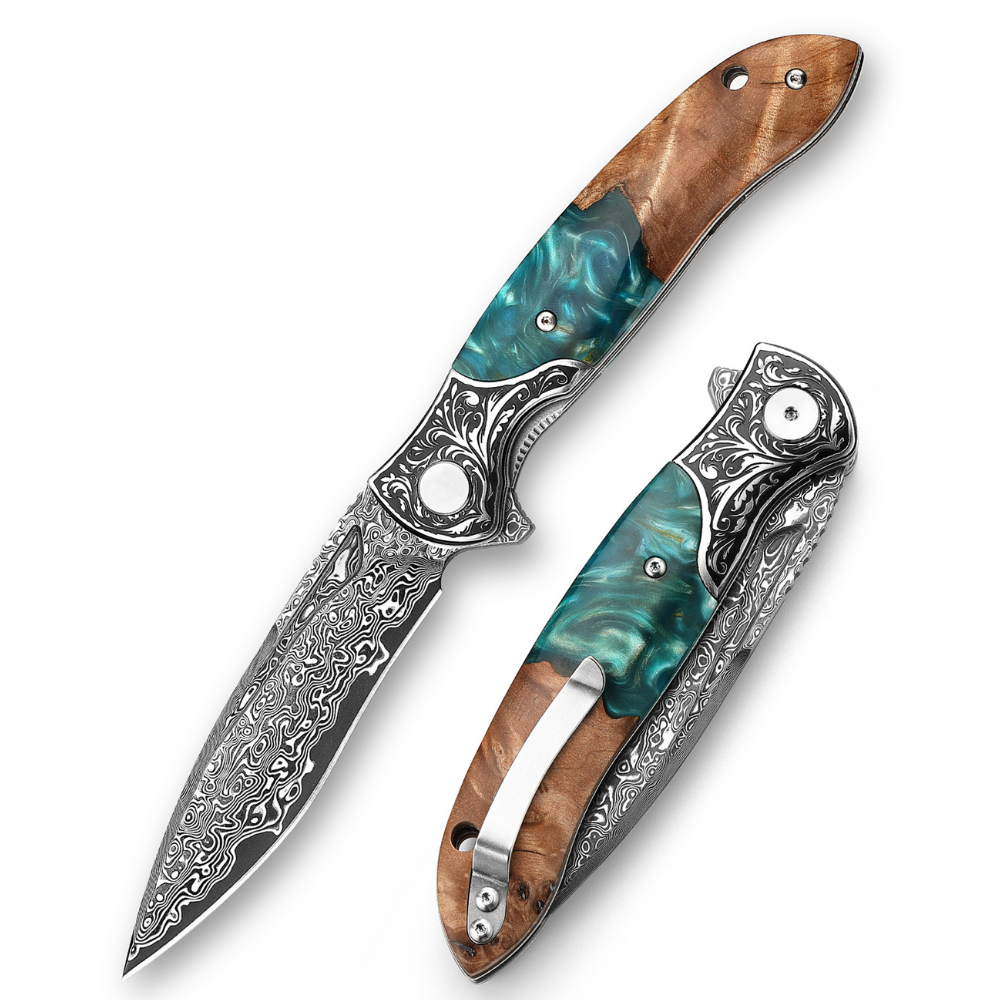
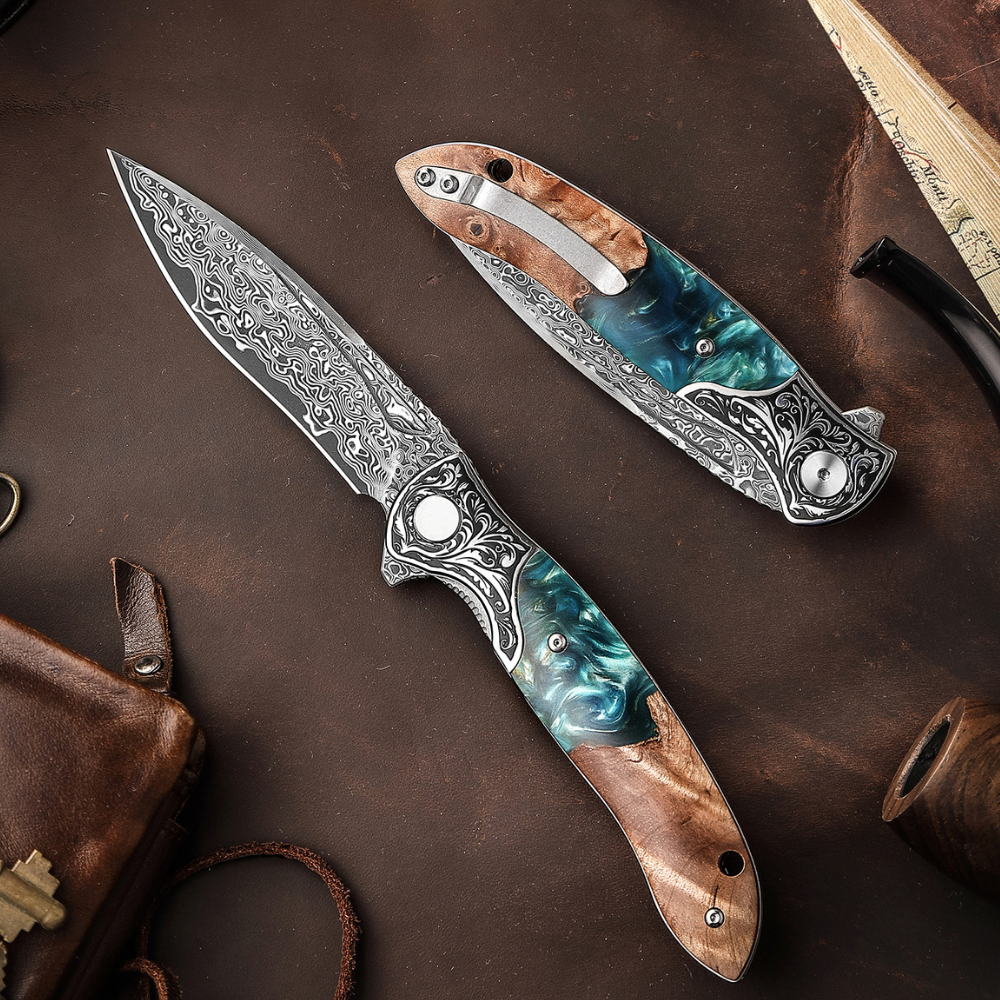
Leave a comment